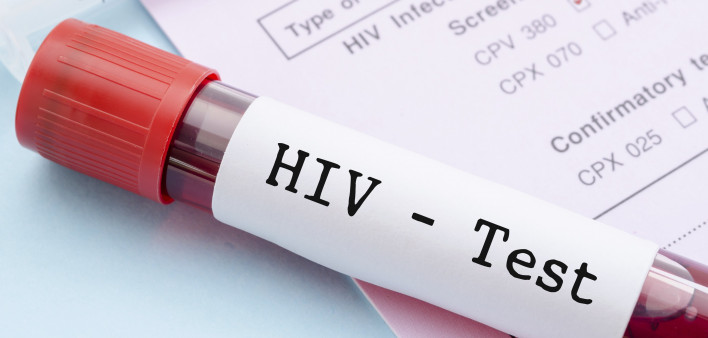Researchers have found evidence that fixed sites providing HIV testing in areas of San Diego where the incidence of the virus is high manage to provide testing not only to those living near the sites but also to those who travel from ZIP codes where the impact of the virus is lower, Healio reports.
Antoine Chaillon, MD, PhD, an assistant professor of infectious diseases at the University of California, San Diego, and colleagues analyzed data on HIV testing and diagnoses from San Diego County as well as sexually transmitted infection (STI) and sociodemographic data from the San Diego Health and Human Services Agency and the Early Test community-based HIV testing program. They looked at 379,074 HIV tests conducted between 1998 and 2016.
The investigators assessed the relationship between a particular ZIP code and HIV diagnoses, STI diagnoses and the number of people living with HIV in that ZIP code.
Publishing their findings in Open Forum Infectious Diseases, the study authors found a correlation between the number of HIV tests given to people living in a particular ZIP code and that ZIP code’s number of people living with the virus and new HIV and STI diagnoses.
The data revealed that while most HIV and STI tests were conducted at venues situated in areas where HIV was common, people living in low-impact ZIP codes nevertheless accessed testing for the virus in proportion to the prevalence of HIV in their own ZIP code. This suggested that such individuals were traveling to the HIV testing sites located in the high-impact zones.
“This study supported the ability of a small number of standalone testing centers to reach at-risk populations dispersed across [San Diego] County,” the study authors concluded. “These methods can also be used to highlight geographic areas or demographic segments that may benefit from more intensive screening.”
To read the Healio article, click here.
To read the study, click here.







Comments
Comments